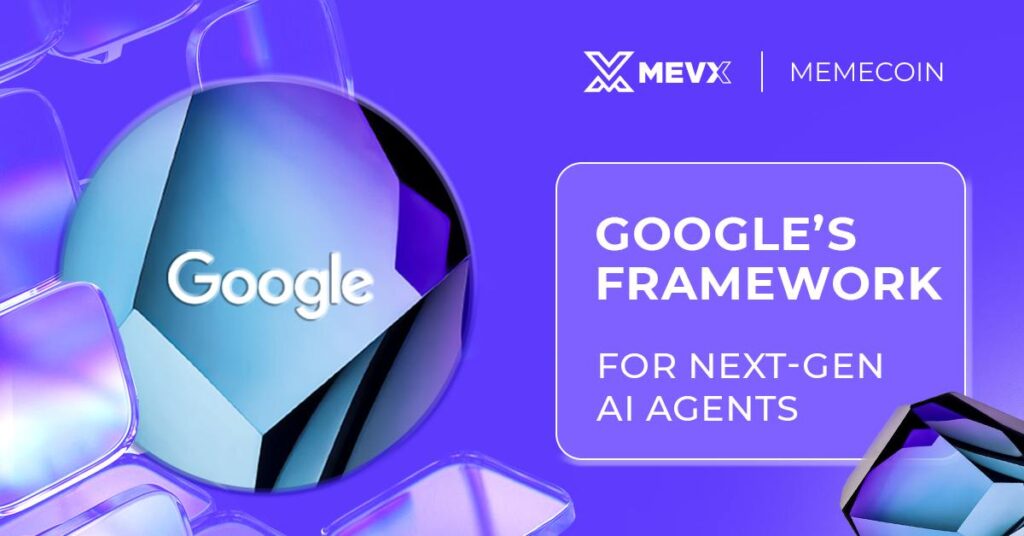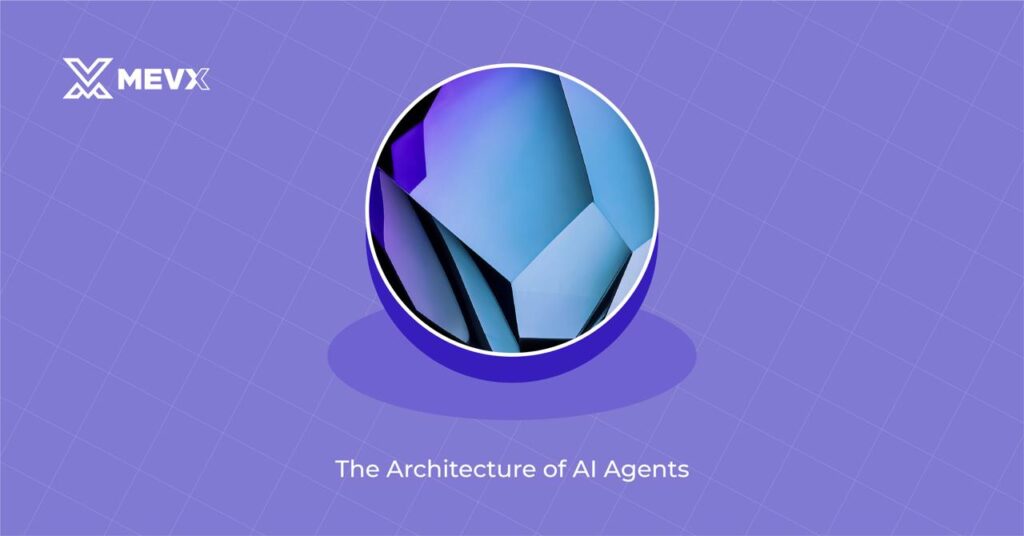In September 2024, Google unveiled a groundbreaking whitepaper outlining the architecture behind AI agents – the next frontier in artificial intelligence. These intelligent systems promise to revolutionize industries by enabling real-world interactions. This article delves into the core concepts of AI agents and their transformative potential, offering valuable insights for developers and tech enthusiasts alike.

Understanding AI Agents
AI agents are the quantum leap in artificial intelligence, combining the powers of traditional language models with the ability to act independently within the external world.
In essence, AI agents are goal-oriented systems driven by information processing, reasoning, and acting. Unlike traditional language models, which work along the lines of bounded parameters and static datasets, AI agents interact with their environment, retrieve new information, and adapt to real-time scenarios. That makes them very versatile tools to solve numerous problems in complex and multi-disciplinary projects.
While making this critical differentiation, the whitepaper published in September 2024 presents the AI agents as intelligent systems that support human decision-making. Be it automating routine tasks, or strategically complex, real-time implementation of that strategy, AI agents could bring unparalleled efficiency in various industries.
Authors Julia Wiesinger, Patrick Marlow, and Vladimir Vuskovic take readers through this 42-page report on how AI agents go beyond mere language models to enable autonomous decision-making and action.
The Architecture of AI Agents
In completeness of the framework, the whitepaper from Google breaks down the architecture of AI agents into three key building blocks: the model layer, the orchestration layer, and the tools layer.

The Model Layer: Decision-Making at the Core
The model layer constitutes the core of the AI agent, acting as the central decision-making unit. This layer uses one or multiple language models working under an instruction-based reasoning framework such as ReAct, Chain-of-Thought, or Tree-of-Thoughts. These provide the frameworks within which the agent can analyze data, strategize on courses of action, and determine the best course.
The paper stipulates that the model will have to be chosen with relevance to his tools and intended goals. For example, fine-tuned models on domain-specific data can greatly improve the performance of the agent in specialized applications.
The Orchestration Layer: Governing Cognitive Processes
The orchestration layer manages how AI agents cyclically interact with their environment, taking input, reasoning for actions, and acting upon decisions. This layer makes the agent dynamic and adaptive by managing information flow and decision processes.
Google’s research identifies a set of different reasoning frameworks that can support an orchestration layer for different problem-solving scenarios. For example, Chain-of-Thought reasoning works well in a linear problem-solving manner, whereas Tree-of-Thoughts are more hierarchical, complex tasks.
The Tools Layer: Bridging Agents and the Real World
The tools layer is where AI agents truly differentiate themselves from traditional language models. This layer enables agents to interact with external systems, gather new information, and execute actions through various tools. Tools are classified into three primary categories:
- Extensions: Standardized APIs that connect agents with external services.
- Functions: Client-side mechanisms for controlling API execution.
- Data Stores: Databases for structured and unstructured data retrieval.
These tools make AI agents dynamically adapt to new challenges, turning them into key elements of real applications in trading, data analytics, and automated decision-making processes.
Practical Implementation of AI Agents
Although understanding AI Agents requires profound insight into their architectures and capabilities, the actionability of insights from this whitepaper includes building production-grade systems by mentioning LangChain and LangGraph to create and manage the architecture of agents.
This paper further describes three learning modes to improve the performance of the agents:
- In-Context Learning: Agents can learn to adapt with immediate examples.
- Retrieval-Based Learning: Agents can dynamically access stored knowledge.
- Fine-Tuning-Based Learning: Agents can be specialized for tasks or domains.
For instance, A trading AI agent would use retrieval-based learning for previous market data while using in-context learning for strategy adjustment due to prices changing in real time.
Deployment Platforms and Tools
Google proposes two key tools to facilitate the development and deployment of next-generation AI agents:
- LangChain: An open-source framework that simplifies the construction of AI agents by effectively linking reasoning processes with tool-based commands.
- Vertex AI: A comprehensive Google-managed platform tailored for testing, debugging, and assessing performance, perfectly suited for large-scale enterprise-grade applications.
Real-World Applications and Future Prospects
The applications of AI agents are huge and span a wide range of industries, everything from automating customer service to managing complex supply chains. As an example, in the financial sector, AI agents could analyze market trends, execute trades, and optimize portfolios, becoming a powerful ally for novice and experienced traders alike.
The whitepaper from Google also introduces the concept of “agent chaining,” where multiple specialized agents work together to solve complex problems. This approach emulates human teamwork, with each agent contributing its expertise to achieve shared objectives. To traders, this may mean employing one agent to analyze technical indicators, another to monitor news sentiment, and a third to execute trades, creating an extremely efficient and integrated system.
With the improvement of AI agents, they will go on to carry out increasingly complex tasks. The whitepaper says the next wave of innovation is going to be driven by further advances in reasoning frameworks and tool integration that enable the agents to perform challenges hitherto considered out of the scope of AI.
Simplifying AI Agents for New Traders
To the newer trader, the concept of AI agents may be a little overwhelming at first; however, de-mystification will come from learning about their main components and some practical uses.
Let’s relate this to AI being an assistant in your trade journey. Be it accumulating data, analyzing the trends, and even executing on your behalf those which you followed. With LangChain, among other frameworks, this enables you to do precisely what is at will and command of your needs. Whether risk management, identifying opportunities, or optimization of the portfolios are concerned.
Google’s September 2024 whitepaper marks a pivotal moment in AI’s evolution, providing a clear framework for building next-gen AI agents. These intelligent systems, bridging human and machine capabilities, are set to revolutionize industries and offer significant advantages, particularly for traders navigating today’s dynamic markets. Embracing this technology will unlock exciting opportunities for those ready to explore its potential.
Follow MevX Blog now for latest update news in cryptocurrency world!
Share on Social Media:
